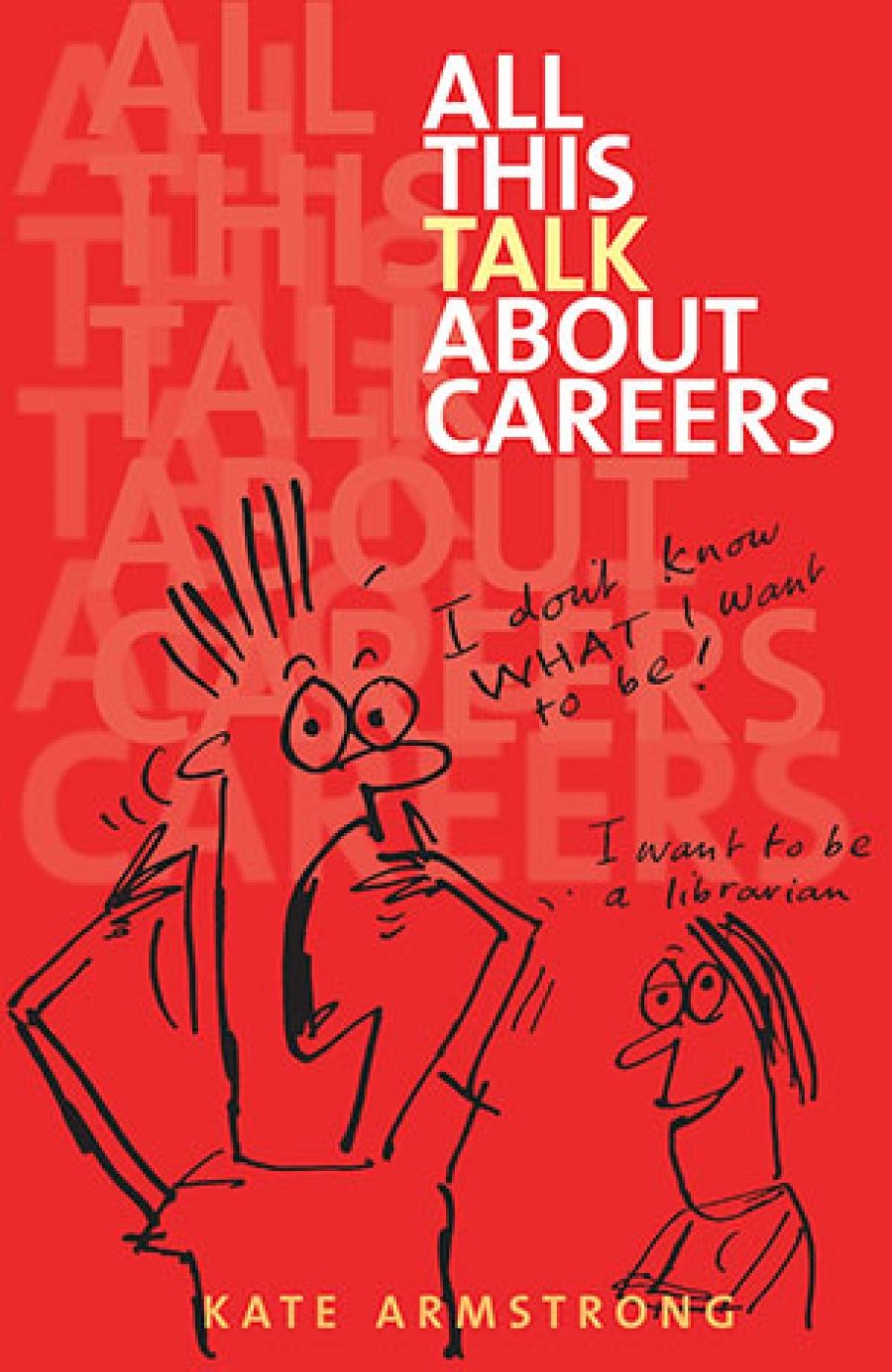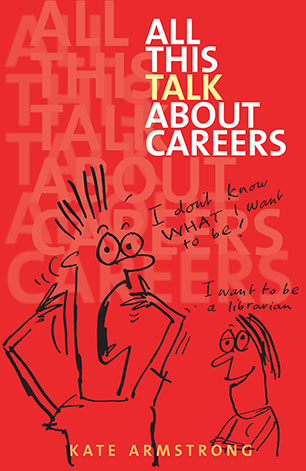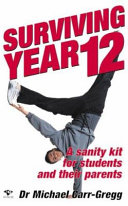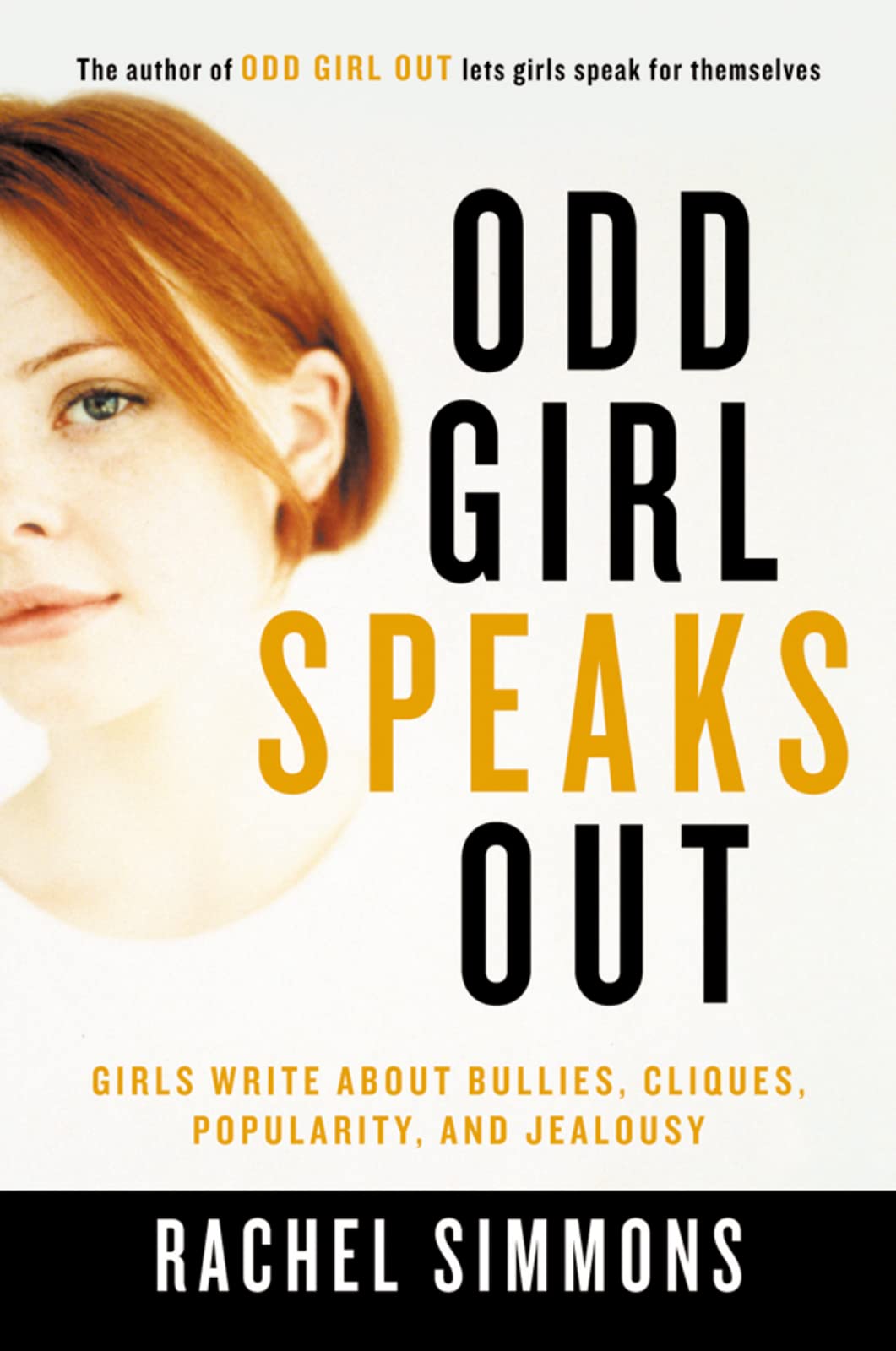
- Free Article: No
- Contents Category: Reference
- Subheading: Young Adult
- Review Article: Yes
- Article Title: Bunkum to That
- Online Only: No
- Custom Highlight Text:
Year 12 has become a year of vastly out-of-proportion significance and, according to Michael Carr-Gregg, the media, parents and, to a lesser extent, schools are to blame for the pressure on young students to achieve that all-important, life-determining ENTER score. Bunkum to those last two sentiments says Carr-Gregg, and so do I, having been through it twice with my children, and having taught first-year undergraduates for years, many of whom change courses or life trajectories when they are exposed to what tertiary education or the workforce can offer. In a book filled with research, anecdotes and practical information, CarrGregg provides students with sensible strategies for ignoring the hype and for getting on with managing a busy year in their lives. He addresses diet, relationships, drugs, exercise, managing stress, ‘smart’ studying tactics and approaches to exams in a manner that treats young people as capable and intelligent. A lively, conversational style, plus Tandberg’s witty cartoons, avert any preachy tone. Carr-Gregg advises parents to be supportive but to ‘bite their tongues’.
- Book 1 Title: All This Talk About Careers
- Book 1 Biblio: Allen & Unwin, $17.95 pb, 219 pp
- Book 1 Cover Small (400 x 600):

- Book 1 Cover (800 x 1200):

- Book 2 Title: Surviving Year 12
- Book 2 Biblio: Finch, $19.95 pb, 191 pp
- Book 2 Cover Small (400 x 600):

- Book 2 Cover (800 x 1200):

- Book 3 Title: Odd Girl Speaks Out
- Book 3 Biblio: Schwartz Publishing, $22 pb, 199 pp
- Book 3 Cover Small (400 x 600):

- Book 3 Cover (800 x 1200):

An ideal companion volume to Surviving Year 12 is the fascinating, reassuring and inspiring All This Talk about Careers, in which Kate Armstrong records the study and work paths of fifty young people mostly aged in their twenties and thirties. Armstrong has crafted their stories into absorbing accounts of diverse careers: stockman, winemaker, stonemason, undertaker, model, veterinary surgeon, teacher, lawyer and cellist, to name a few. What is immediately noticeable is that very few came to their current position on a straight path based on a high ENTER score. There are many false starts, interruptions, failures, but also passions, dreams, hard work and tenacity. While Carr-Gregg puts little blame on schools for Year 12 pressures (I have my doubts!), this collection of experiences clearly highlights the limitations of schools in opening up possibilities for future occupations.
Armstrong lists the subjects contributors studied in Year 12, demonstrating that often there is little correlation between school subjects and tertiary choices. The wider world opens up options at university and TAFE levels, and in the workforce. Some have found their ideal occupations, while others are tasting a variety of pursuits. Interestingly, few seem motivated by high salaries or public recognition. At the end of each contribution, the person offers advice, often about taking risks, being open to change and surprises, following passions and putting in effort. Specific information is given about how to get into professions and occupations with useful resources listed at the end of the book.
‘Lorraine Johns didn’t set out to be an Aboriginal health worker, but now she can’t imagine doing anything else’ sums up many of the experiences in this engaging and informative book. As Armstrong says, ‘Changing careers or taking a long time to find a job you enjoy doesn’t mean you’ve failed. It might even open the doors to far more exciting things… and it is never too late to change your direction.’ How many of us would say ‘amen’ to that.
By contrast, Old Girl Speaks Out cries out for the shaping of a writer like Armstrong. It is a record of mainly North American girls writing about the ups and downs of friendships, perceived and actual slights, exclusions, bitchiness, and it is oh so tedious. While these must be sincere offerings, I can’t imagine who would want to read them or who would gain anything from doing so, except to marvel at inanities such as: ‘All I have wanted was a best friend, the type you see on Oprah that are forty-five and still like sisters.’
In dreary minutiae and mind-boggling self-centredness these teenagers document events. There is little introspection, reflection or awareness of events from other people’s perspectives. My favourite example of self-justification is from a girl who is ostracised from her group of friends because, in her own words, she ‘happened to kiss a boy that one of my friends had a crush on’. Outcomes are inevitable mantras about being strong and empowered, couched in statements such as the following: ‘The saddest part, however, is that my social status climbed and hers dropped. She was hanging out with the smelly cats, the kids who don’t fit in socially; they’re nice, but it could ruin your rep if you talk to them.’
Bullying is serious and can be devastating, but this book offers few insights into its complexities, causes and effects. As an alternative, give younger readers Margo Lanagan’s The Best Thing (1995), Touching Earth Lightly (1996) or Helen Bames’s Killing Aurora (1999), books that probe and try to make sense of troubling incidents and call into play our sense of humanity.


Comments powered by CComment